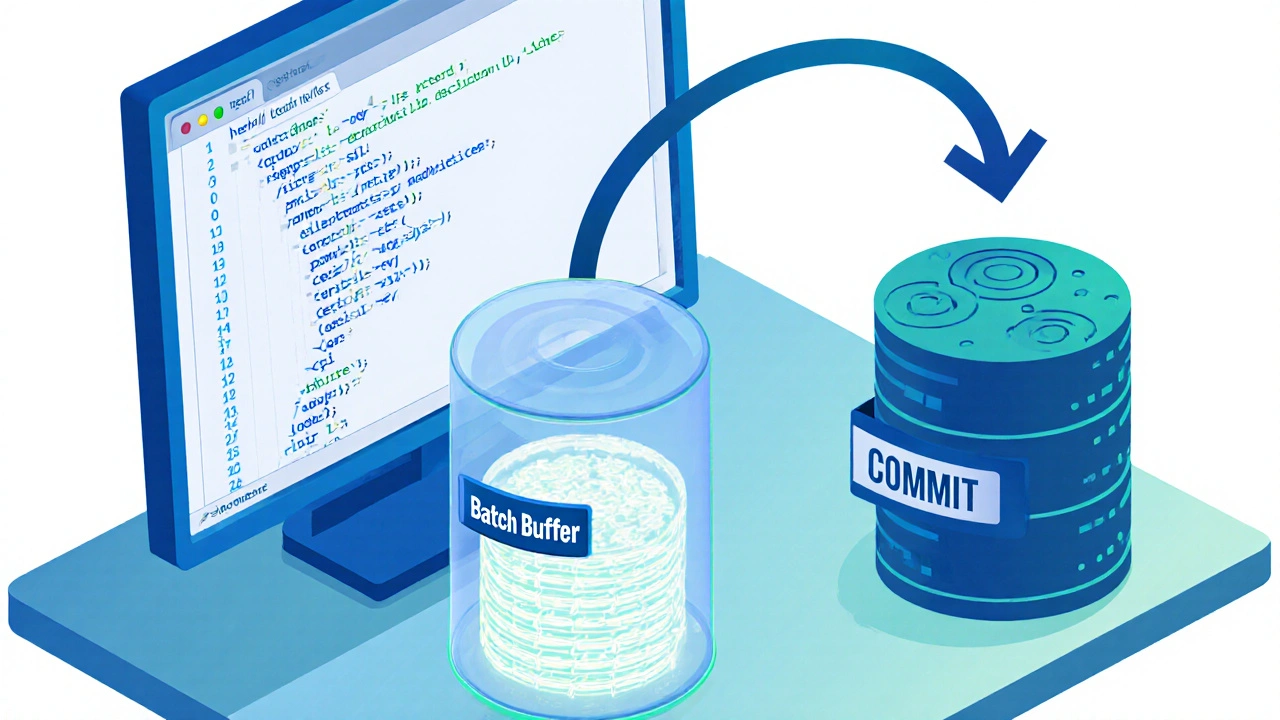ACID Compliance: What It Means for Modern Tech
When working with ACID compliance, a set of guarantees that keep database transactions reliable. Also known as ACID, it covers four key properties: atomicity, consistency, isolation, and durability. In plain terms, ACID compliance means your data won’t get lost or corrupted, even if something goes wrong during a transaction.
Why does this matter for the tools you use every day? Take a video editing suite like Premiere Pro or Canva. When you hit "save", the app writes dozens of files—project metadata, media links, cache data. If the write process is atomic, either every piece lands correctly or nothing does, preventing a half‑saved project that crashes later. Consistency makes sure the project’s state matches the editing timeline, so you never see a clip disappear mysteriously. Isolation keeps multiple users editing a shared media library from stepping on each other’s changes, much like a multi‑user spreadsheet. Durability guarantees that once you finalize a render, the output file stays intact on disk or cloud storage, even after power loss.
Beyond video, the same principles shape pricing models and subscription services. A freelance editor’s invoice system that’s ACID‑compliant ensures the amount you’re charged matches the hours logged, never double‑billing or losing a line item. Streaming platforms rely on durability to store viewer data—a sudden outage won’t erase a million watch histories. Marketers tracking campaign performance need consistency so that click‑through numbers line up across dashboards, and isolation prevents test groups from contaminating each other’s results. Even crypto wallets and blockchain explorers, while not traditional databases, borrow the idea of atomic transactions to avoid partial transfers that could expose funds.
All these examples show how ACID compliance is the invisible safety net behind the tech you trust. Below you’ll find a curated list of articles covering everything from video‑editor pricing and workflow speed to data‑driven marketing and crypto safety—each touching on at least one of the four ACID pillars. Dive in to see how these concepts play out in real projects and learn practical tips to keep your own data rock‑solid.
16
Understanding How Transaction Batching Works - Boost Database Performance
Learn how transaction batching groups multiple database operations into a single atomic unit, boosting performance while preserving ACID guarantees. Get step‑by‑step guidance, real‑world examples, and best‑practice tips.
Latest Posts
Popular Posts
-
 IMDb’s Top 250 Explained: Why The Shawshank Redemption Still Reigns
IMDb’s Top 250 Explained: Why The Shawshank Redemption Still Reigns
-
 How to Find All Your Streaming Subscriptions and Stop Overpaying
How to Find All Your Streaming Subscriptions and Stop Overpaying
-
 Data Management: DIT, Backups, and Archival Best Practices for Video Teams
Data Management: DIT, Backups, and Archival Best Practices for Video Teams
-
 How Roommates Can Fairly Share Wi-Fi and Streaming Costs
How Roommates Can Fairly Share Wi-Fi and Streaming Costs
-
 App Layout Strategies: Organize Streaming Services by Genre and Use
App Layout Strategies: Organize Streaming Services by Genre and Use



